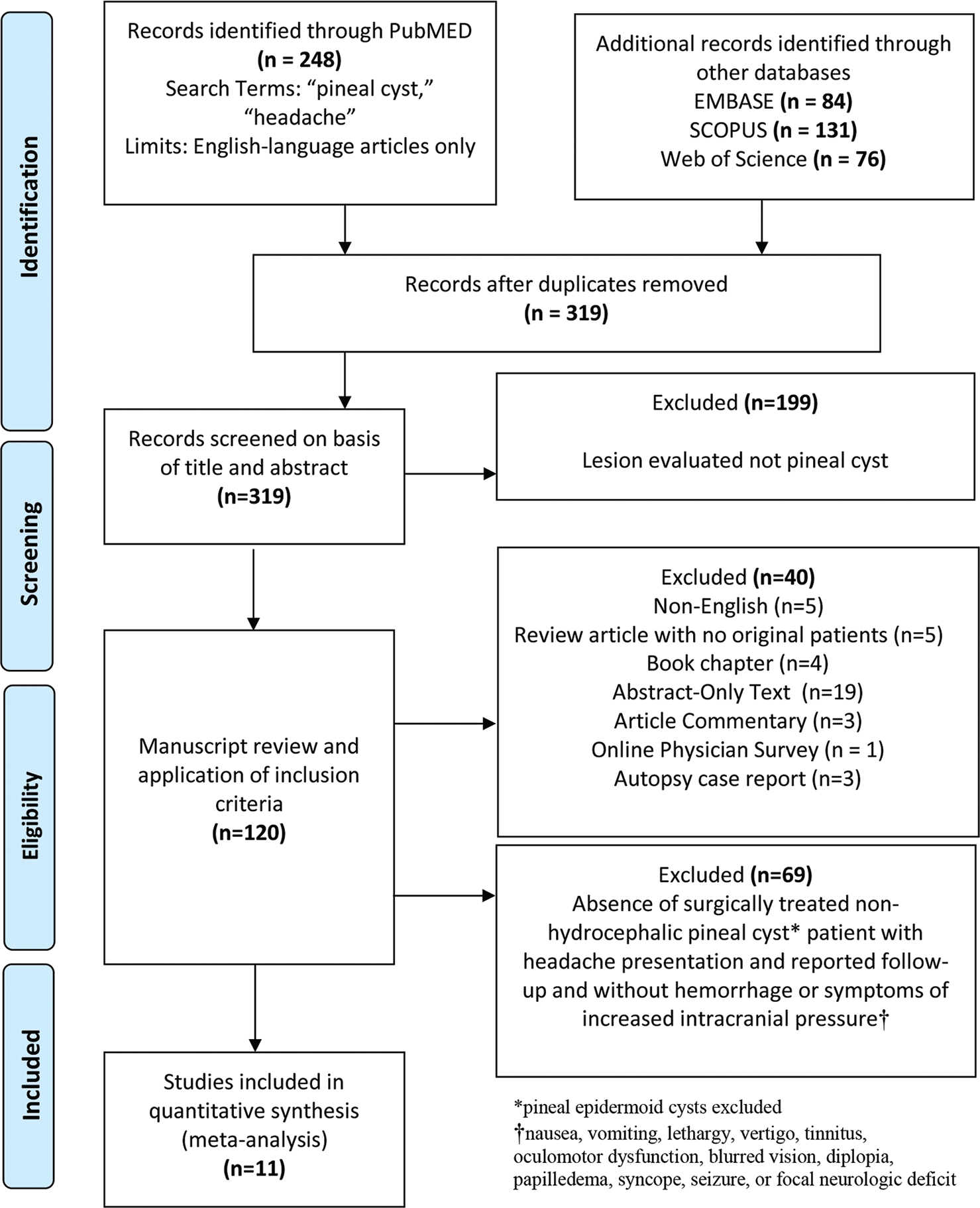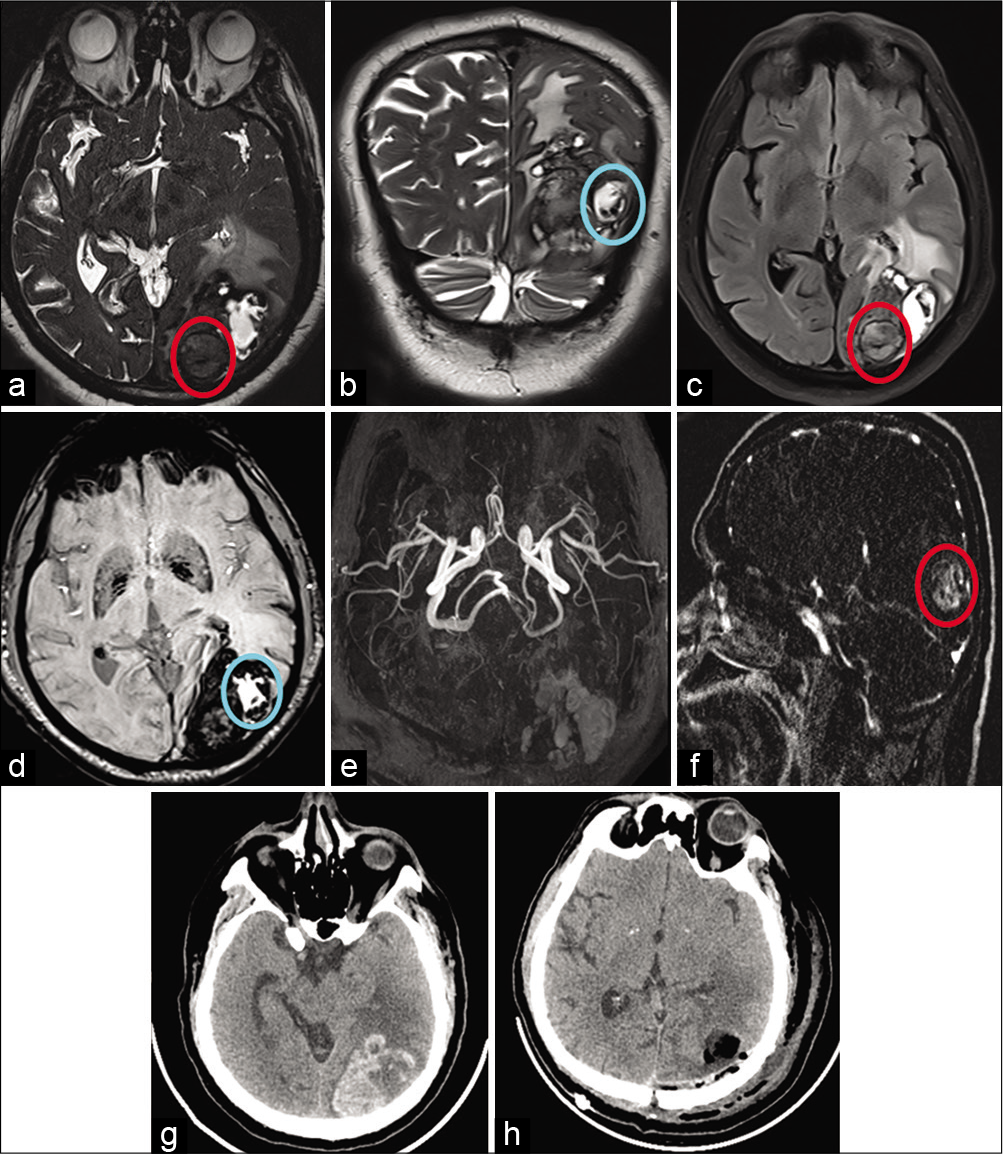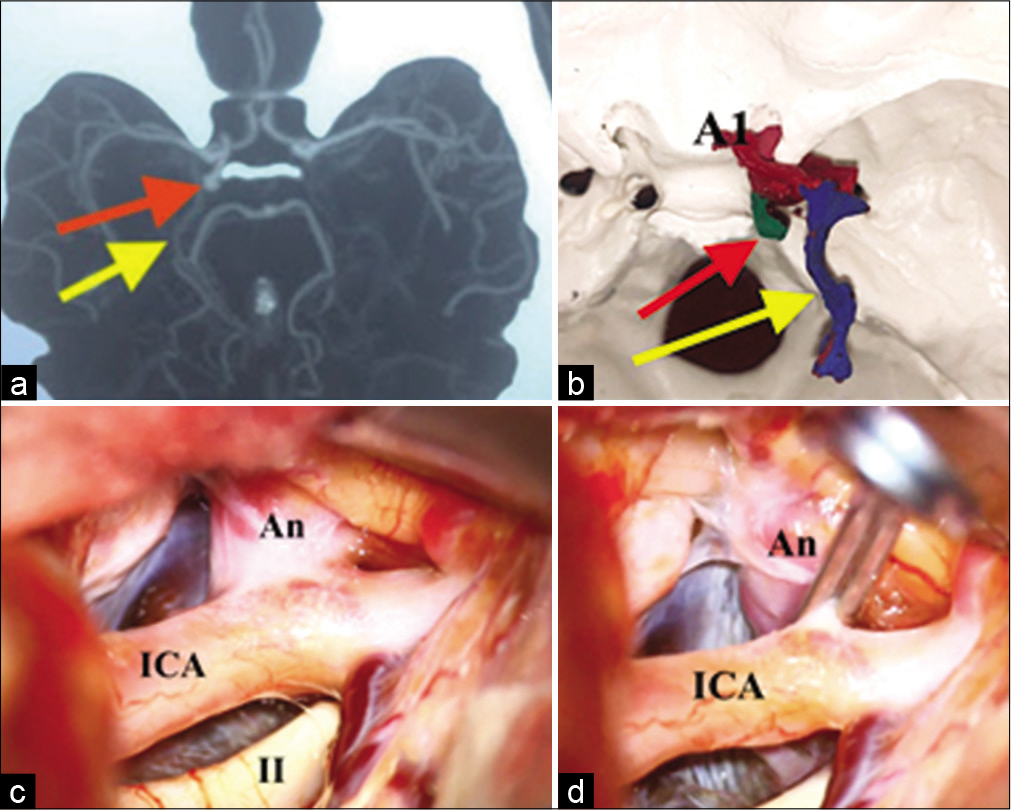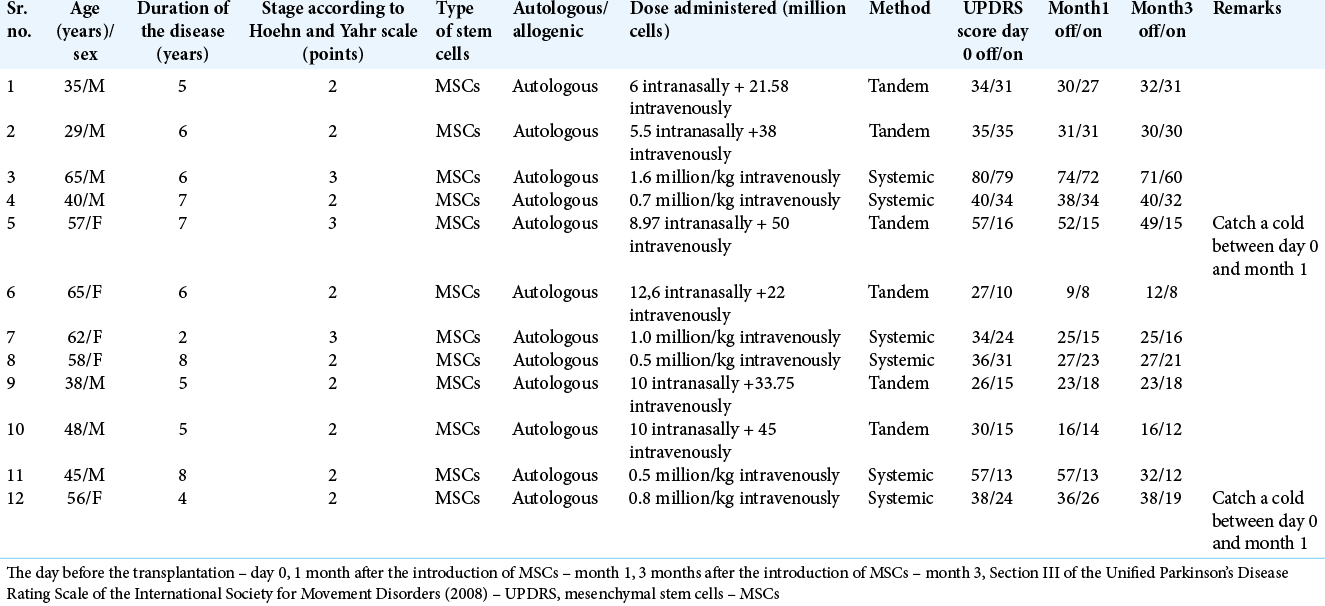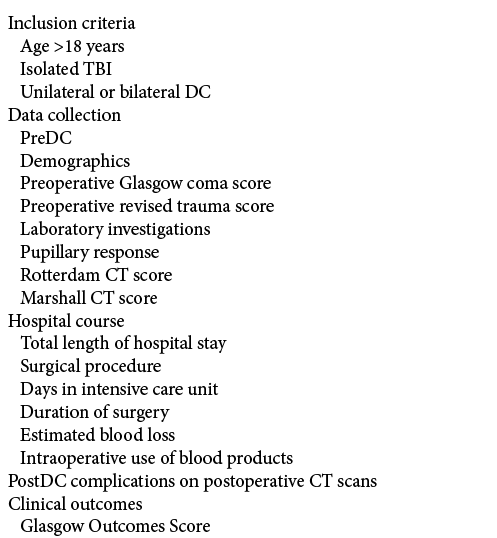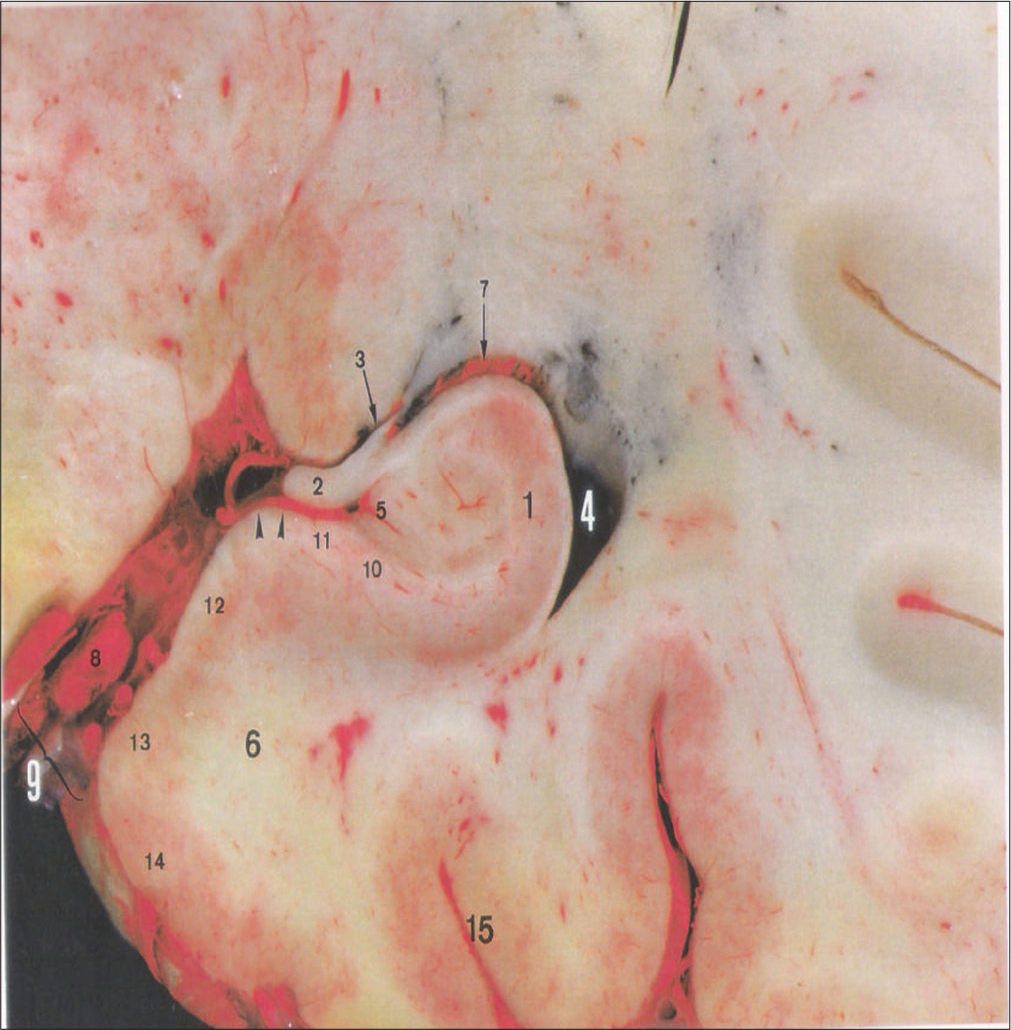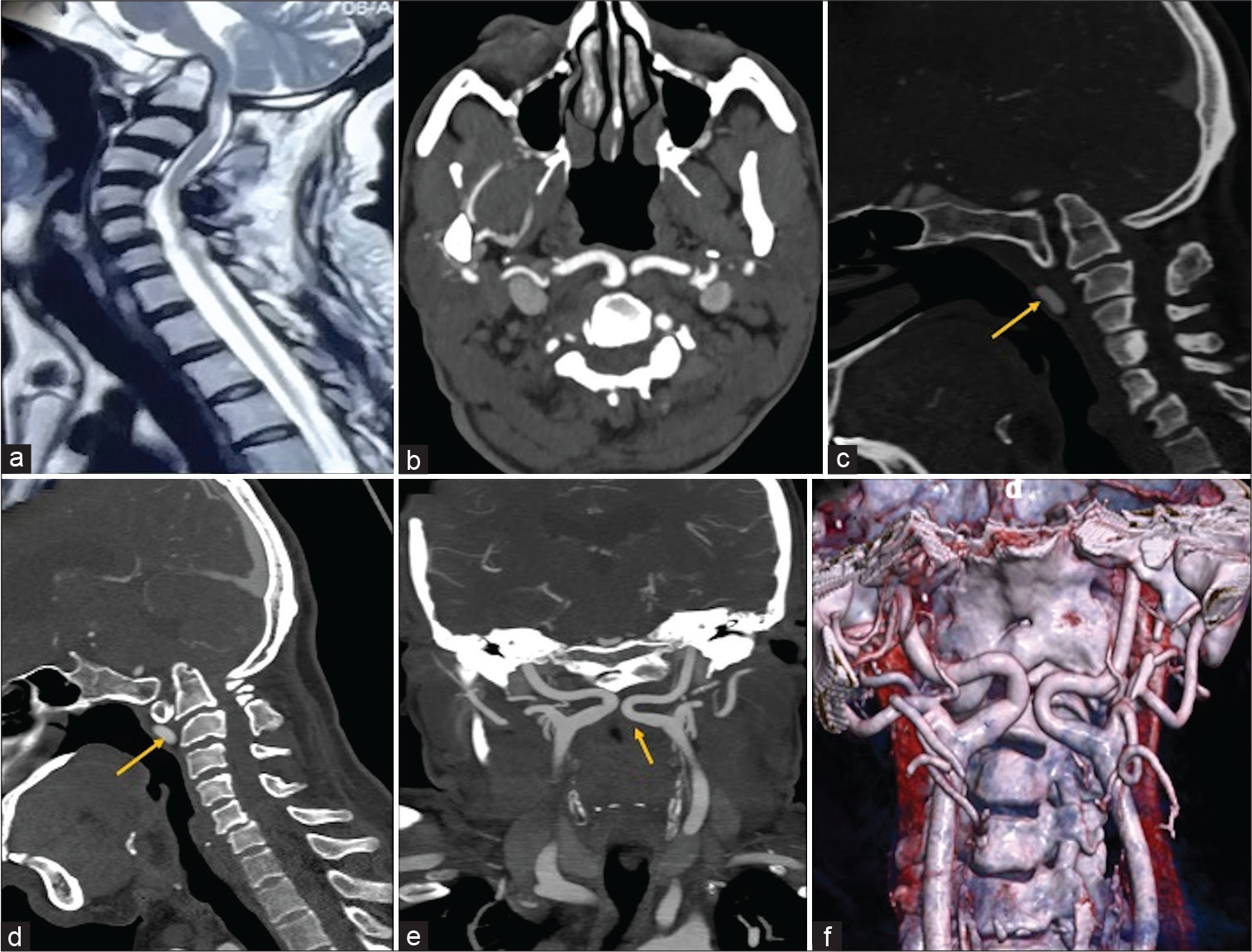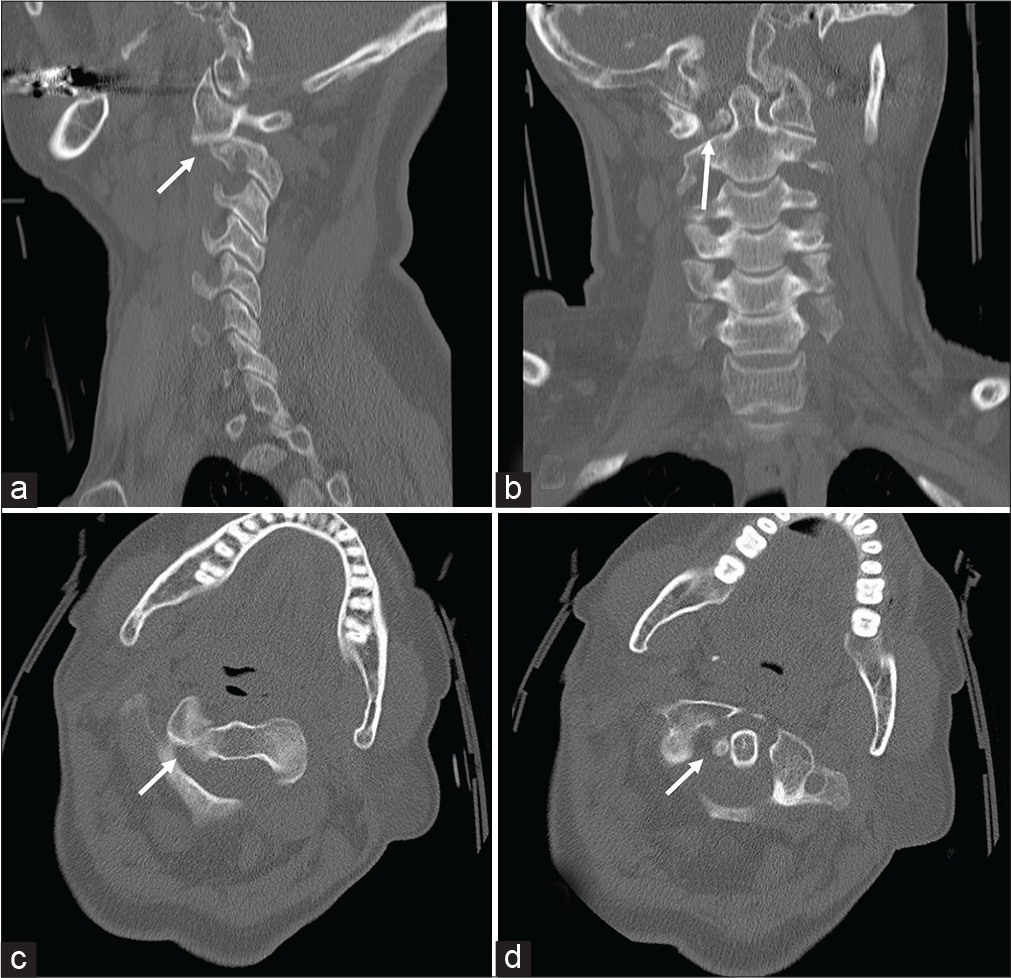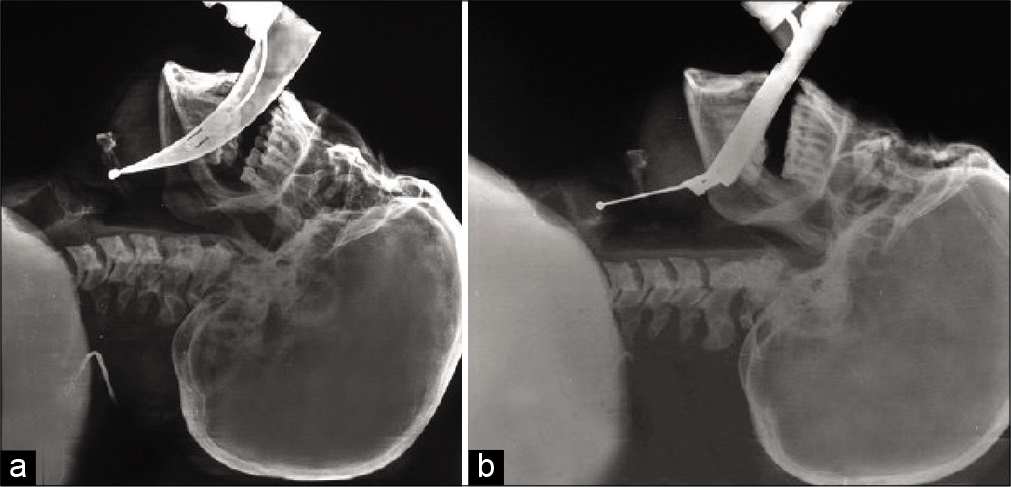Neurosurgery versus orthopedic surgery: Who has better access to minimally invasive spinal technology?
Date of publication: 11-Nov-2020
Background: Our aim was to evaluate differences in neurosurgeons versus orthopedists access to technologies needed to perform minimally invasive spine surgeries (MISS) in Latin America.
Headache outcomes after surgery for pineal cyst without hydrocephalus: A systematic review
Date of publication: 11-Nov-2020
Background: Pineal cysts are common entities, with a reported prevalence between 10 and 54%. Management of pineal cysts has historically been expectant, with surgical treatment of these lesions usually reserved for patients with a symptomatic presentation secondary to mass effect. The appropriate management of pineal cysts in patients presenting with headache in the absence of hydrocephalus – often the most common clinical scenario – has been more ambiguous. Here, we report the results of a comprehensive systematic review of headache outcomes for surgically treated, non-hydrocephalic pineal cyst patients without signs of increased intracranial pressure (ICP).
Cardiac phoenix in the brain-occult intracranial hemorrhagic metastases from completely resected atrial myxoma
Date of publication: 11-Nov-2020
Background: Cardiac myxomas are sporadic in nature and can often recur with a frequency of 3%, especially in middle-aged women, and 22% of the cases account to a part of Carney complex. Complete surgical removal of the myxoma is usually curative. Recurrence has been related with partial surgical excision, multicentricity, and embolism of tumor fragments.
The use of three-dimensional anatomical patient-specific printed models in surgical clipping of intracranial aneurysm: A pilot study
Date of publication: 11-Nov-2020
Background: In the present study, we aim to develop simulation models based on computed tomography angiography images of intracranial aneurysms (IAs) and their parent vessels using three-dimensional (3D) printing technology. The study focuses on the value of these 3D models in presurgical planning and intraoperative navigation and ultimately their impact on patient outcomes. To the best of our knowledge, this is the first report of its kind from a war-torn country, like Iraq.
Mesenchymal stem cells in Parkinson’s disease: Motor and nonmotor symptoms in the early posttransplant period
Date of publication: 11-Nov-2020
Background: Treatment of patients with Parkinson disease (PD) using autologous mesenchymal stem cells (MSCs) is a promising method to influence the pathogenesis of the disease. The aim of this study was to assess the immediate results of the introduction of MSCs on the effectiveness of motor and nonmotor symptoms in patients with PD.
Hemorrhagic complications after decompressive craniectomy
Date of publication: 11-Nov-2020
Background: Decompressive craniectomy (DC) is the preferred surgical management option for lowering refractory intracranial pressure in cases of traumatic brain injury (TBI). A number of randomized controlled trials have demonstrated decreased mortality but increased morbidity following DC for TBI patients. Here, we reviewed the frequency of postoperative hemorrhagic complications following DC correlating with poor outcomes.
Hippocampal vascularization: Proposal for a new classification
Date of publication: 06-Nov-2020
Background: Anatomy of the hippocampal arterial supply is key to successful surgeries in this area. The goal of the current study is to present the results we obtained from our microsurgical dissections of the temporal lobe and to propose a new classification for the hippocampal arteries (HAs).
Craniovertebral junction anomaly with kissing carotids
Date of publication: 06-Nov-2020
Background: “Kissing carotids” typically involves the lower C4-C6 retropharyngeal space. Here, we describe a case of “kissing carotids” observed at the C1-C2 level in conjunction with basilar invagination (BI).
Traumatic atlantoaxial rotatory subluxation in adults – A case report and literature review
Date of publication: 06-Nov-2020
Background: Traumatic atlantoaxial rotatory subluxation (AARS) is extremely rare in adult versus pediatric populations. Patients usually present with post-traumatic neck pain and torticollis. Surgical management aims at reducing the deformity and stabilizing the spine utilizing external orthotics, and/or internal reduction/fixation.
Comparison of TruView and King Vision video laryngoscopes in subaxial cervical spine injury: A randomized controlled trial
Date of publication: 06-Nov-2020
Background: Airway management with cervical spine immobilization poses a particular challenge for intubation in the absence of neck extension and risks neurological damage in cases of unstable cervical spine injuries. Here, with manual inline stabilization (MILS) in patients with cervical spine injuries, we compared the safety/efficacy of intubation utilizing the TruView versus King Vision video laryngoscopes.



